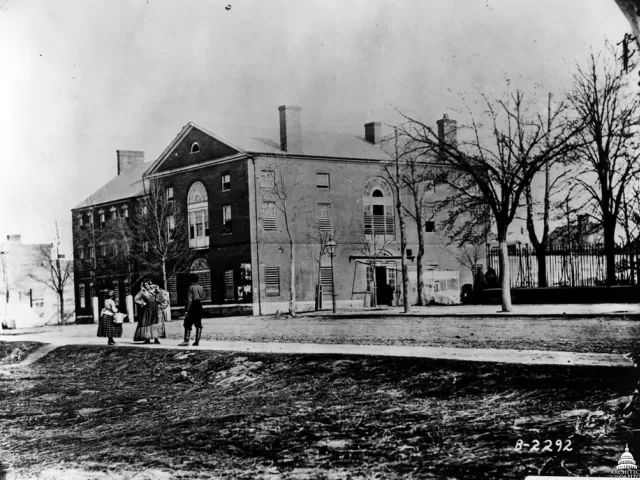
Has the Capitol been used as a prison?
No, but a building known as the "old brick Capitol" was during the Civil War. Following the war the building was converted to residences.
You asked, we answered. Here are some of the most popular questions we get about the U.S. Capitol. The answers may surprise you!

No, but a building known as the "old brick Capitol" was during the Civil War. Following the war the building was converted to residences.

Approximately 45 of Frederick Law Olmsted's trees remain today, having endured more than a century of urban life on the front stage of American democracy.
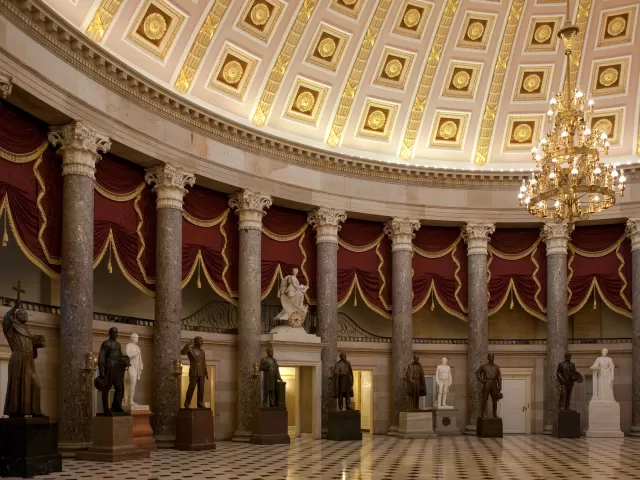
Each state may contribute two statues.
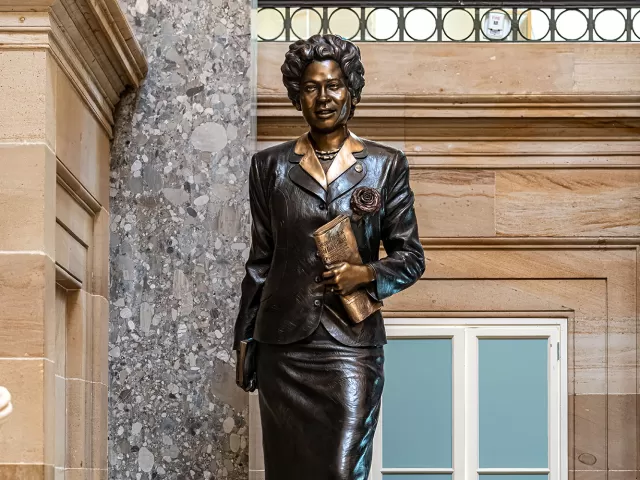
There are fourteen women currently represented. View the list.
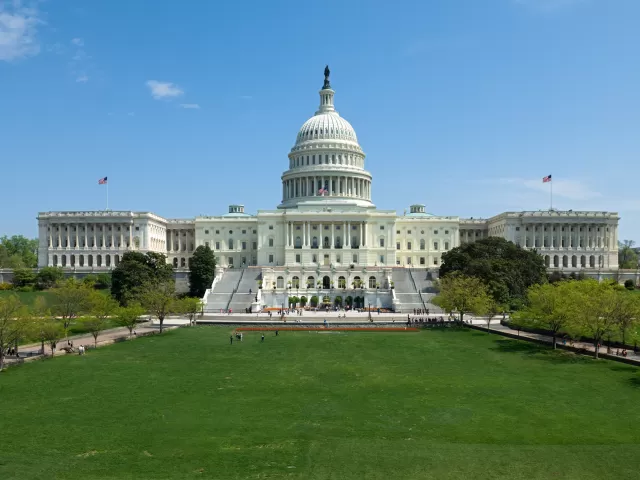
The U.S. Capitol is a unique structure, as it has been built in successive phases over the past two centuries. The estimated historical cost of the United States Capitol as of 2003 was $133 million.
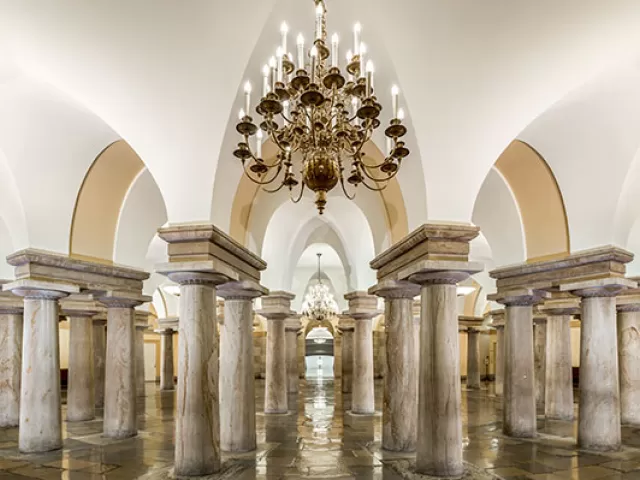
No. A tomb area was built for the remains of George Washington beneath the Crypt, but his will specified that he wished to be buried at his home at Mount Vernon, and his descendants honored this wish.
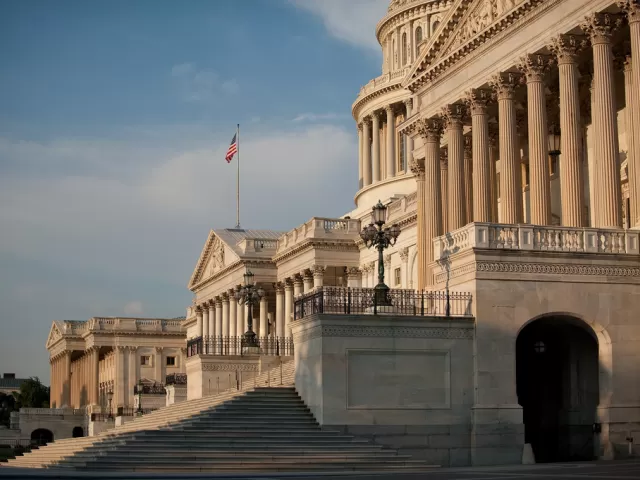
No. The numbers of columns and steps were determined for aesthetic and practical, rather than symbolic, reasons.
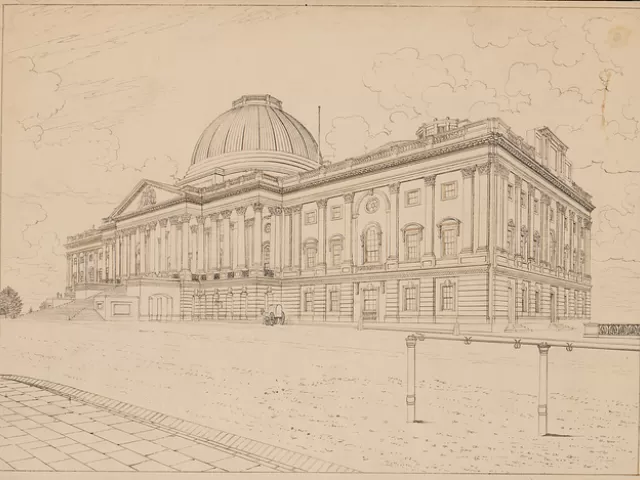
The U.S. Capitol’s length, from north to south, is 751 feet 4 inches; its greatest width is 350 feet. Its height above the base line on the east front to the top of the Statue of Freedom is 288 feet.
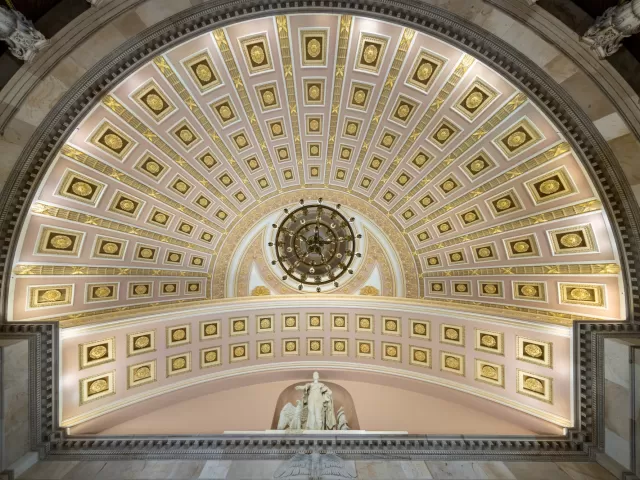
The half-dome shape of National Statuary Hall produces an acoustical effect whereby, in some spots, a speaker many yards away may be heard more clearly than one closer at hand. The modern-day echoes occur in different locations from those in the 19th century, when the floor and ceiling of the hall were different.

The United States Capitol Building houses the meeting chambers of the Senate (in the north wing) and the House of Representatives (in the south wing) – the two bodies that compose the legislative branch of the American government.